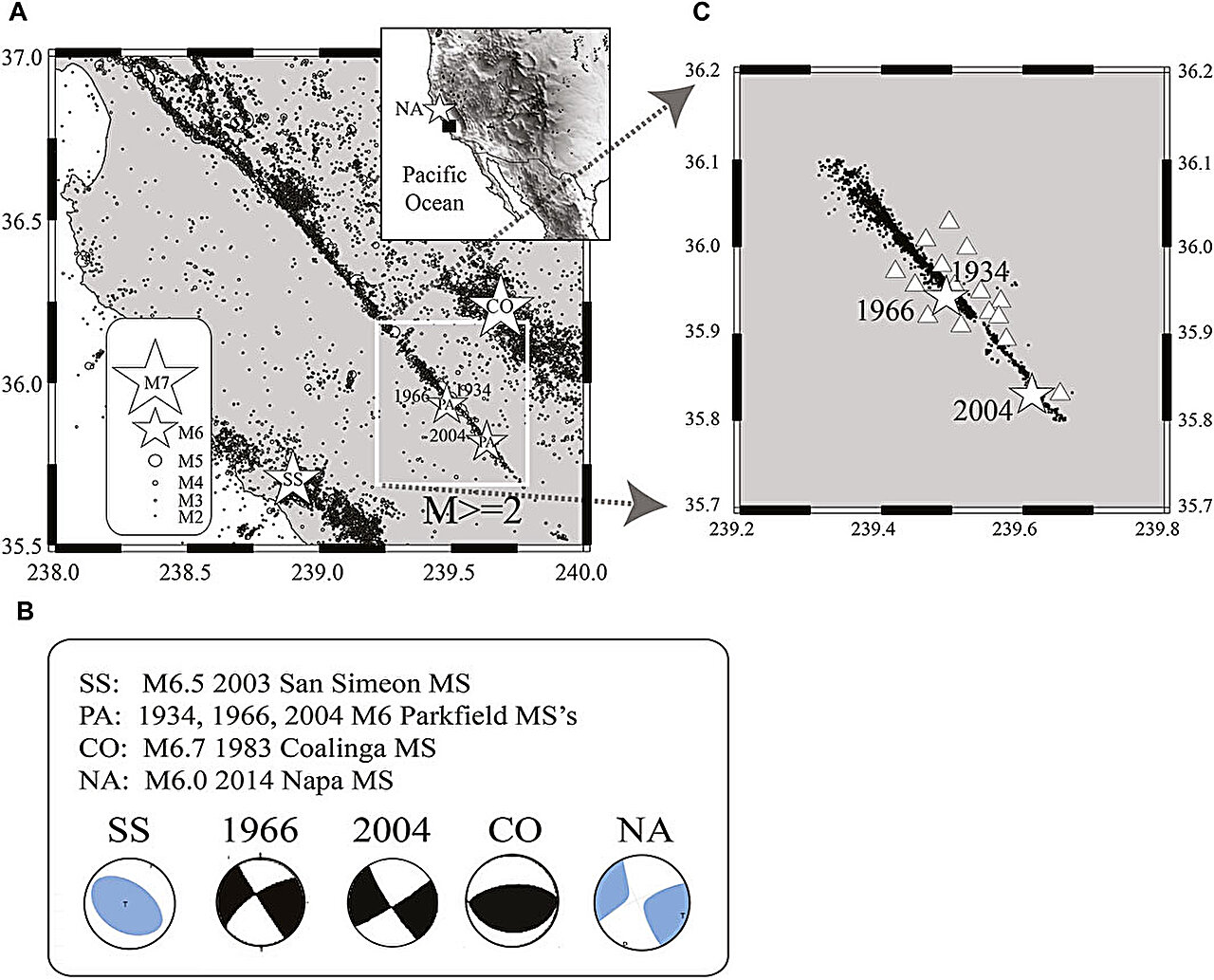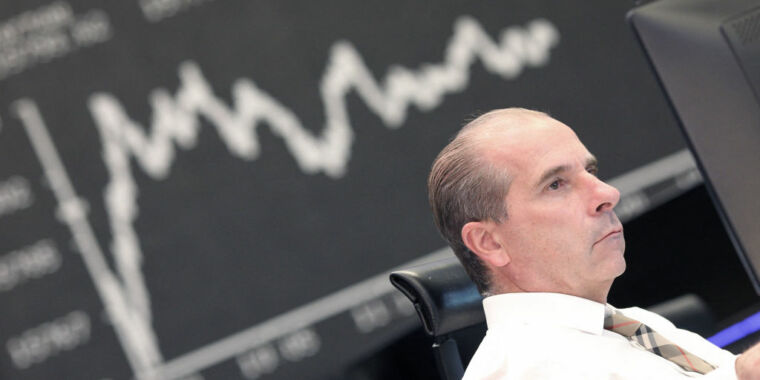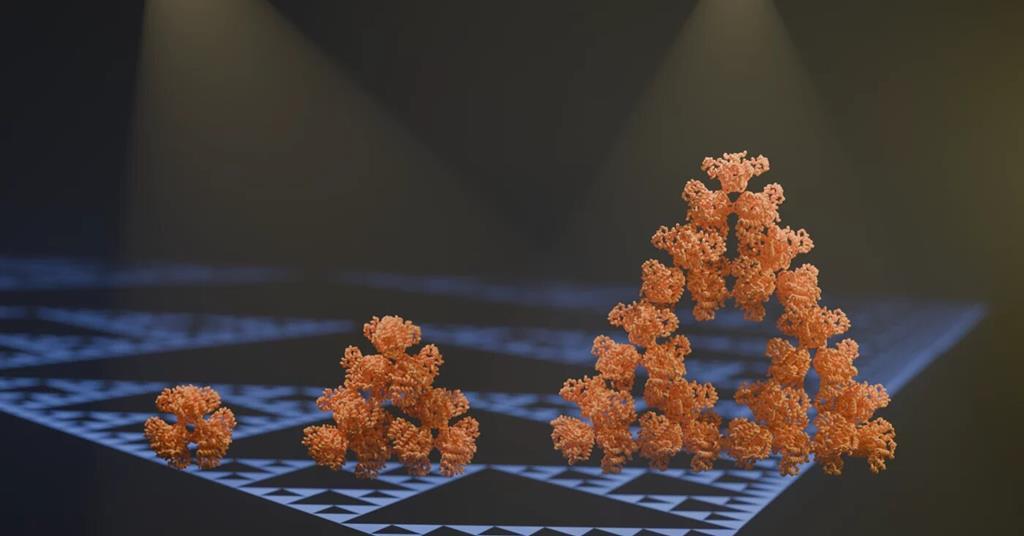
Seismologists suspect earthquake on San Andreas Fault is imminent despite odd attenuation parameters
This article has been reviewed according to Science X's editorial process and policies. Editors have highlighted the following attributes while ensuring the content's credibility:
A trio of seismologists affiliated with Istituto Nazionale di Geofisica e Vulcanologia, the Berkeley Seismological Laboratory, University of California, Berkeley reports that a part of the San Andreas Fault, at Parkfield, is not producing signals that would suggest an earthquake is going to happen any time soon, but they assert there are factors that suggest otherwise.
The part of the San Andreas Fault located near Parkfield, California, offers scientists who study earthquakes a unique opportunity: Just north of Parkfield, two major plates creep against one another at a constant rate. South of Parkfield, on the other hand, the fault is locked. Because of this, earthquakes happen there in a pattern—roughly every 22 years.
That allows researchers to gather seismic data before, during and after a quake. Such quakes are almost always the same magnitude as well, approximately 6 or slightly higher. The last quake to happen at the site occurred in 2004, which suggests a quake should be coming in the next couple of years. But there is a problem—seismic activity related to the fault does not indicate any signs of an earthquake. Usually, they note, low-frequency waves attenuate prior to a quake, while high-frequency waves increase. But there is no sign of either right now.

























